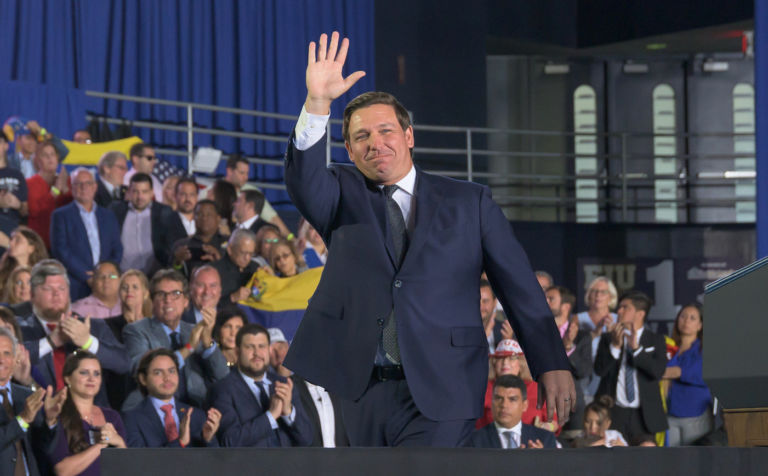On Wednesday, May 20, JLF’s Director of Regulatory Studies, Jon Sanders, went on the radio with Joe Catenacci of Wilmington’s Big Talker 106.7 FM. Sanders and Catenacci discussed the reopening of restaurants and Sanders’ recent paper on electricity costs in North Carolina.
On the matter of restaurants, Sanders stated:
I am extremely happy that [restaurants] are finally able to open up and accept customers again. [However,] three of my favorite restaurants have closed in the past week and a half. Places that I will never be able to go to again. I cannot say goodbye to their workers – people that I know – because “boom” they were just shut down on March 17 immediately. There was no warning even on that.
I am starting to follow different restaurants on Instagram just so I can get their announcements. I’m hoping to get the announcements that they are going to open up, but I am also sometimes getting the announcements that: “It is with a heavy heart, we have looked over our numbers and we just can’t do it anymore.”
On electricity, Sanders said:
Energy prices are one of the things that I am focused on in talking about what state policymakers can do to prepare us for the post coronavirus economy… Energy prices are one of the main items in a family’s budget – especially the poorer you are. Even when times were good, low-income families in North Carolina would spend more than 20 percent of their income on energy costs. Energy poverty is a real problem.
For one thing the contract rates that we award to renewable energy facilities, the way North Carolina has done it, has basically given solar companies the highest contract rates and longest contract terms at fixed rates. One of the things I am proposing is that we let those rates fluctuate with market conditions and be revisited every one to two years.
A study by the Edison Electric Institute last year said that Americans were paying $2.7 billion more for solar power – above market rates – because of the federal laws [that govern the purchase of solar].
North Carolina is home of 60 percent of the nation’s qualifying facilities for solar, which means that $2.7 billion more is largely being shouldered by North Carolinians.
Listen to Sanders’ interview on Mornings with Joe Catenacci (from 1:01:00 to 1:23:30) here. Read Sanders’ research brief on energy costs in North Carolina here.


